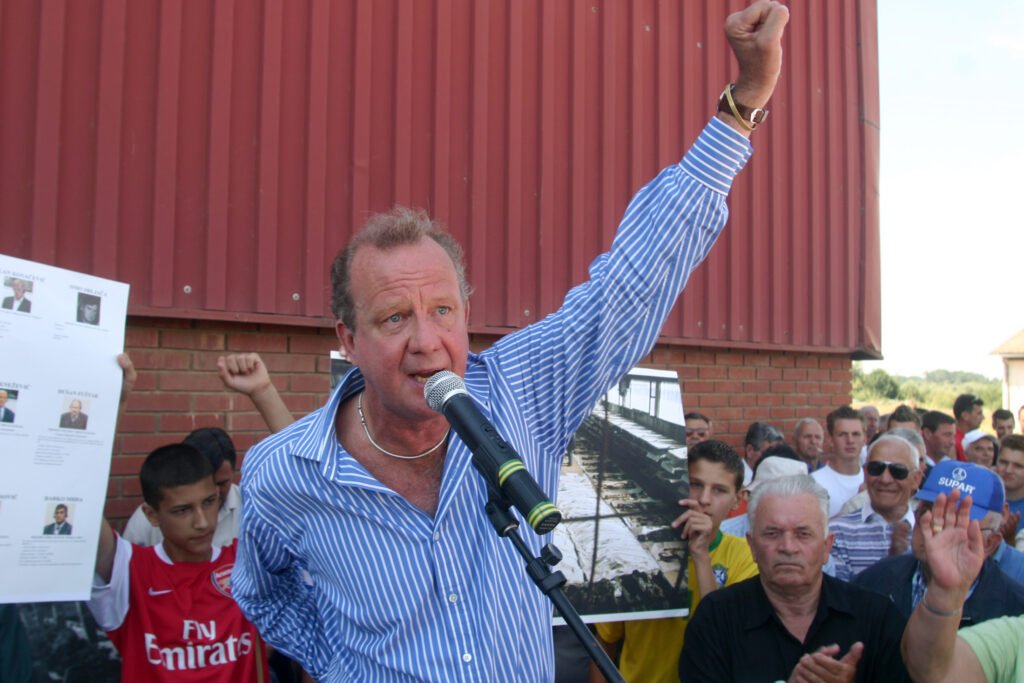
Do Foreign Journalists Matter in Covering Genocide? A Look into Bosnia, Rwanda, and Gaza
Bosnia and Rwanda: Direct Genocide vs. Genocide Without Images (1)
On August 5, 1992, a few months after the outbreak of war in Bosnia, a group of foreign journalists; The Guardian’s correspondent Ed Vulliamy, and a team from British TV network ITN, including Penny Marshall and Ian Williams-managed to enter the infamous Omarska camp (2) near the city of Prijedor, the site of one of the most horrific massacres of the Bosnian War.
Two days later, the headline “The Shame of Omarska Camp” dominated The Guardian’s front page (3). Vulliamy, by his own account (4) gave 54 TV and radio interviews the day after the torture camp was revealed.
From the besieged capital Sarajevo, Christiane Amanpour sparked major controversy on May 3, 1994, when she accused former U.S. President Bill Clinton via video of “lacking a plan” and showing “constant indecision” in handling the unfolding situation in Bosnia. Clinton was stunned and failed to defend his policy (5). Even Ratko Mladić, “The Butcher of Bosnia,” did not hide his anger at Amanpour’s reporting when she confronted him face-to-face in July 1993 (6). Read more…